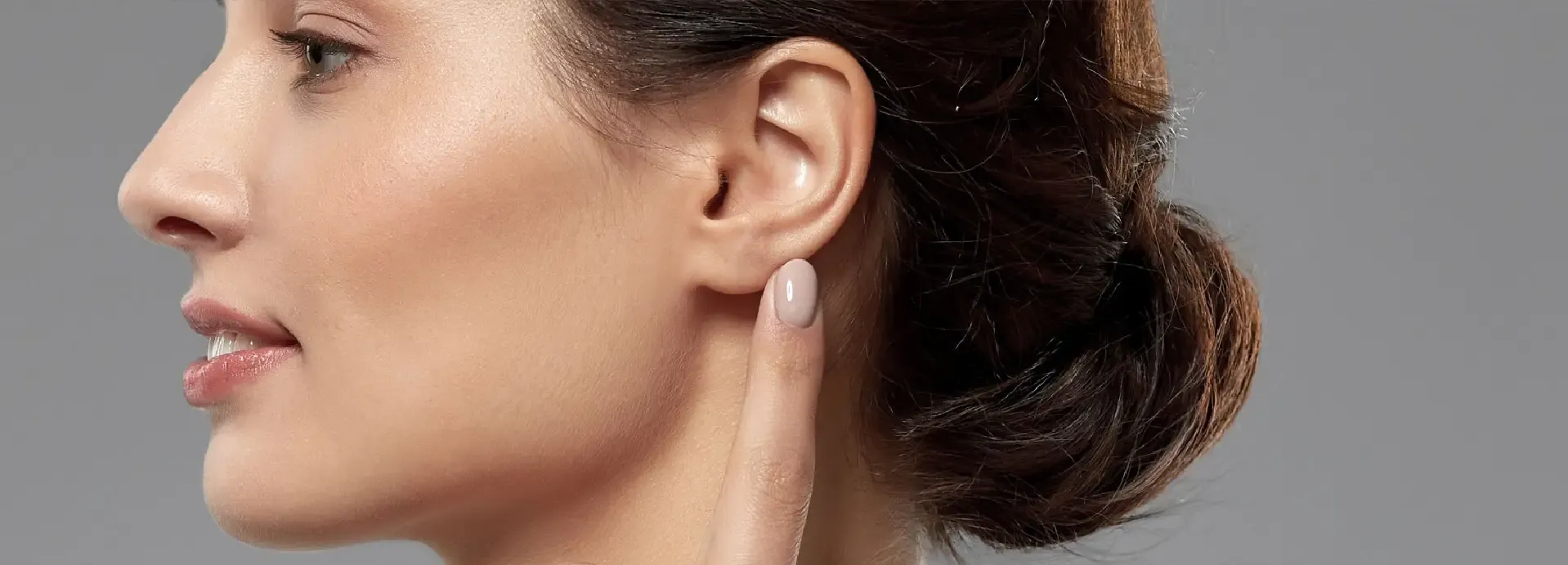Bandage timing after an otoplasty
After ear surgery, the bandage is not just an accessory: it’s an active part of treatment. Thanks to it, the new position of the cartilage is maintained, swelling is controlled, bruising is minimized, and the area is protected from bumps or sudden movements.
“Respecting bandage timelines is as important as the surgery itself to ensure a stable, harmonious result.”. - Dr. Corrales
Step-by-step bandage phases
1. Initial compressive dressing (2–3 days)
Right at the end of surgery, a firm bandage is placed around the head.
Its main function is to immobilize, prevent bleeding, and promote proper healing. This bandage is usually kept on for 48–72 hours, and during this period it should not be removed at home or gotten wet.
2. Elastic band or headband (1–2 weeks, 24 hours a day)
Once the bandage is removed, it is replaced with a wide elastic band or a special headband.
It is worn day and night, without exceptions, for at least one week and, in many cases, up to two weeks. This phase is key to prevent the cartilage from losing the correction achieved in the operating room.
3. Prolonged night-time use (several more weeks)
After the intensive stage, the band is worn only at night. This helps prevent unintentional folds while sleeping and protects the ears from accidental friction. Depending on the case, its use may be recommended for an additional 3–6 weeks.
Practical tips for patients
- Proper fit: the band should hold firmly without causing pain or numbness.
- Rest: sleeping on your back reduces pressure on the ears.
- Hygiene: while the initial bandage is on, avoid water; afterwards, wash the band frequently and keep the skin clean.
- Activity: avoid contact sports and the use of helmets or headphones during the first month.
Warning signs
Contact your surgeon immediately if you notice:
- Pain that does not improve with the prescribed painkillers.
- Heavy bleeding or a soaked bandage.
- Redness, discharge, or a bad smell in the area.
- Persistent loss of sensation.e.
The success of an otoplasty doesn’t end in the operating room. The bandage and elastic headband are essential tools to protect the correction, reduce complications, and ensure a natural, long-lasting result. Following medical recommendations and not improvising with wear times is the best way to make sure the surgery achieves its goals. -Dr. Corrales


